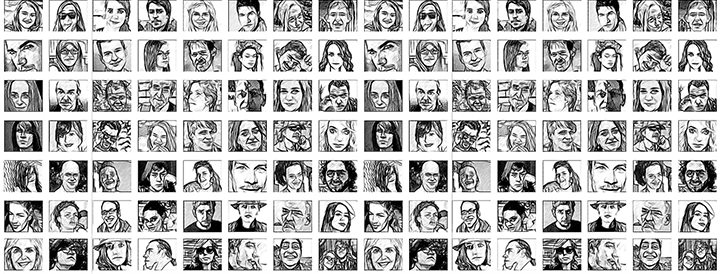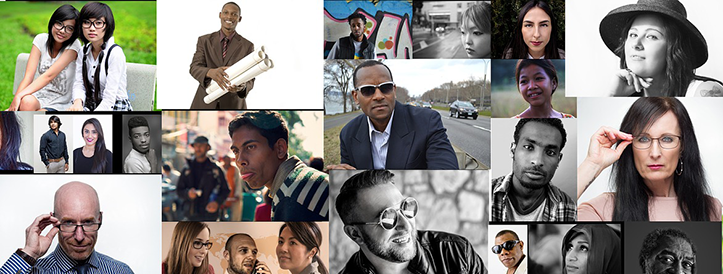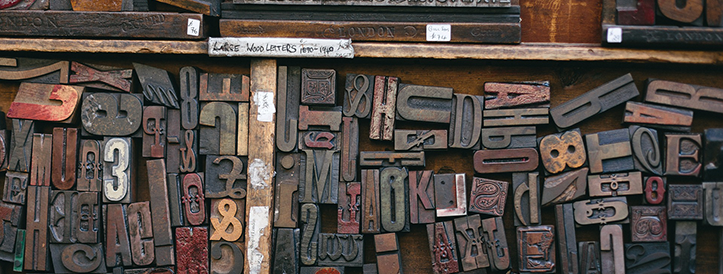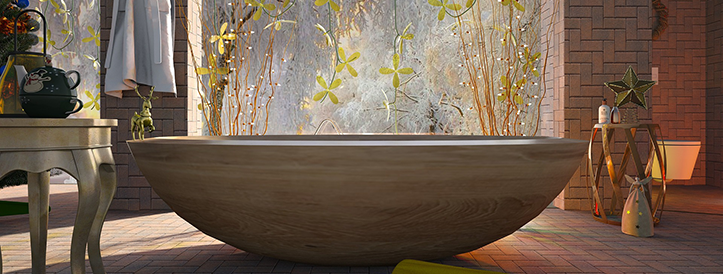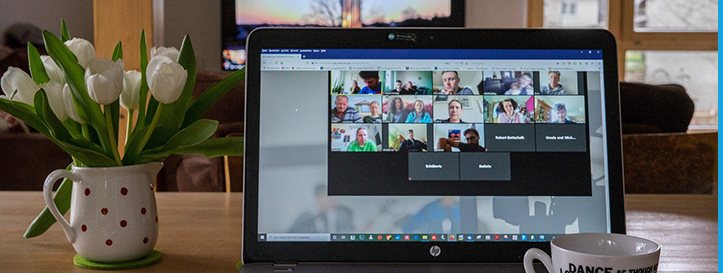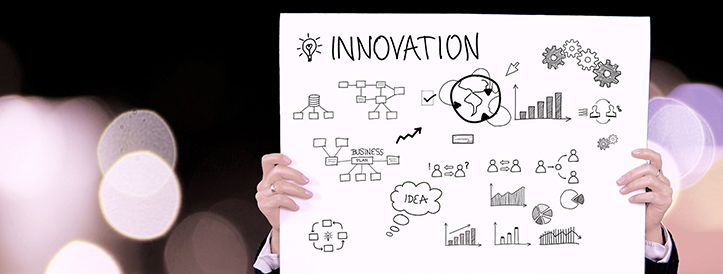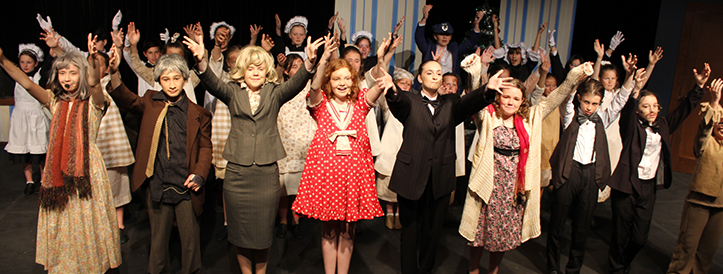 The Coronavirus pandemic has briefly pushed pause on our busy cities. Will things go back to the way they were before COVID-19? Not necessarily and maybe they shouldn’t.
The Coronavirus pandemic has briefly pushed pause on our busy cities. Will things go back to the way they were before COVID-19? Not necessarily and maybe they shouldn’t.
Read more: Re-imagining the future: the to-do list for Woden for 2040 (Part 2)
 Remote teams are filled with diverse personalities and this can be a huge asset.
Remote teams are filled with diverse personalities and this can be a huge asset.
Read more: How your team can harness the benefits of diverse opinions
 Marketing guru Seth Godin believes that people want connection more than things. However, our experience of connection and community has changed in a single generation. Many of our close friendships now happen online and there are special interest groups for every passion. Whether its computer games, book clubs or knitting circles; nowadays if you don’t find the right community, it’s easy enough to start your own Facebook group.
Marketing guru Seth Godin believes that people want connection more than things. However, our experience of connection and community has changed in a single generation. Many of our close friendships now happen online and there are special interest groups for every passion. Whether its computer games, book clubs or knitting circles; nowadays if you don’t find the right community, it’s easy enough to start your own Facebook group.
Read more: 5 Ways you can contribute to the Connection Economy
 Are people leaving your website because they can’t find the information they need? What you need is better content not more content. Let’s look at content design from your audience’s point of view.
Are people leaving your website because they can’t find the information they need? What you need is better content not more content. Let’s look at content design from your audience’s point of view.
 Claire Corby is a buyer’s agent. She is the kind of person you want in your corner if you are planning to buy a house, especially now that online auctions and virtual tours have become part of the buying process.
Claire Corby is a buyer’s agent. She is the kind of person you want in your corner if you are planning to buy a house, especially now that online auctions and virtual tours have become part of the buying process.
Research by Allianz at the end of 20191 found that one in two people found the home buying process stressful, affecting their mental and emotional wellbeing. Lack of information was identified as one of the biggest stressors. Now add the fear and uncertainty around COVID-19 to this already stressful process and both buyers and sellers are left feeling nervous. While an agent and auctioneer act in the best interests of the seller, a buyer’s agent is an advocate for the buyer.
Read more: How Claire Corby is helping home buyers overcome their blind spots
 Many organisations have shifted their events, conferences, workshops and even team brainstorming sessions online to avoid the risks associated with the Coronavirus. However, as many are discovering, delivering an online workshop is not simply replicating the same content you would have used in your face-to-face workshop.
Many organisations have shifted their events, conferences, workshops and even team brainstorming sessions online to avoid the risks associated with the Coronavirus. However, as many are discovering, delivering an online workshop is not simply replicating the same content you would have used in your face-to-face workshop.
Read more: 5 Tips for engaging participants in online workshops
 The shutdown caused by the coronavirus pandemic has meant that for the first time many of us experiencing challenges associated with accessing limited or highly desired goods and services, isolation and using technology for all communications. It has challenged our well-established ideas of what it means to be connected to family, friends and employment. And it has us now all questioning whether things can be done differently and perhaps, even better.
The shutdown caused by the coronavirus pandemic has meant that for the first time many of us experiencing challenges associated with accessing limited or highly desired goods and services, isolation and using technology for all communications. It has challenged our well-established ideas of what it means to be connected to family, friends and employment. And it has us now all questioning whether things can be done differently and perhaps, even better.
 The Australian creative sector employs hundreds of thousands of people, with a high proportion of these being sole trader contractors, SMEs and casuals. It contributes around $111 billion to the Australian economy including over $3.5 billion in exports. The industry is reliant on national and international touring, audiences attending venues and participating in training and education programs. According to the Australian Bureau of Statistics, in 2017-18, eighty-two percent of Australian’s over the age of 15 had attended a cinema, art gallery, museum, library, or live performance. Live performances account for over 38percent of these attendances.
The Australian creative sector employs hundreds of thousands of people, with a high proportion of these being sole trader contractors, SMEs and casuals. It contributes around $111 billion to the Australian economy including over $3.5 billion in exports. The industry is reliant on national and international touring, audiences attending venues and participating in training and education programs. According to the Australian Bureau of Statistics, in 2017-18, eighty-two percent of Australian’s over the age of 15 had attended a cinema, art gallery, museum, library, or live performance. Live performances account for over 38percent of these attendances.
 Have you ever thought about the difference between education and learning? Education is said to be knowledge gained through teaching, while learning is knowledge gained through experience and adopting (or adapting) knowledge. Whichever one you are interested in, Woden has you covered.
Have you ever thought about the difference between education and learning? Education is said to be knowledge gained through teaching, while learning is knowledge gained through experience and adopting (or adapting) knowledge. Whichever one you are interested in, Woden has you covered.
 You’re probably showing your age if you remember the phrase ‘Kodak moment’, but a generation ago it referred to capturing something special. Now Kodak’s claim to fame is most likely in a business journal warning readers about the perils of digital disruption.
You’re probably showing your age if you remember the phrase ‘Kodak moment’, but a generation ago it referred to capturing something special. Now Kodak’s claim to fame is most likely in a business journal warning readers about the perils of digital disruption.
Read more: Digital disruption - one photographer's innovative response



